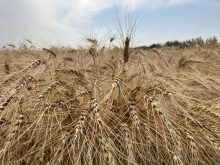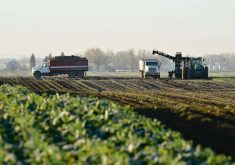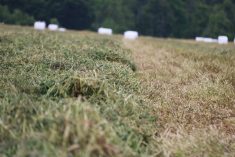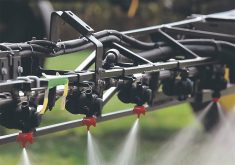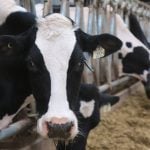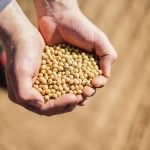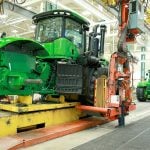Just as it did for cattle producers, the BSE crisis rocked the world of the rendering industry – and eight years on, it’s still trying to recover.
“Cattle deadstock are pretty much valueless because all we get off them is a hide, and we get some tallow value, but we have to dispose of the protein,” says Barry Glotman, president of West Coast Reduction, a B.C. company that operates three of Alberta’s four rendering plants.
“Since BSE, the whole deadstock service has significantly changed. The amount of deadstock we pick up compared to what we used to pick up before BSE is probably less than 50 per cent.”
Read Also
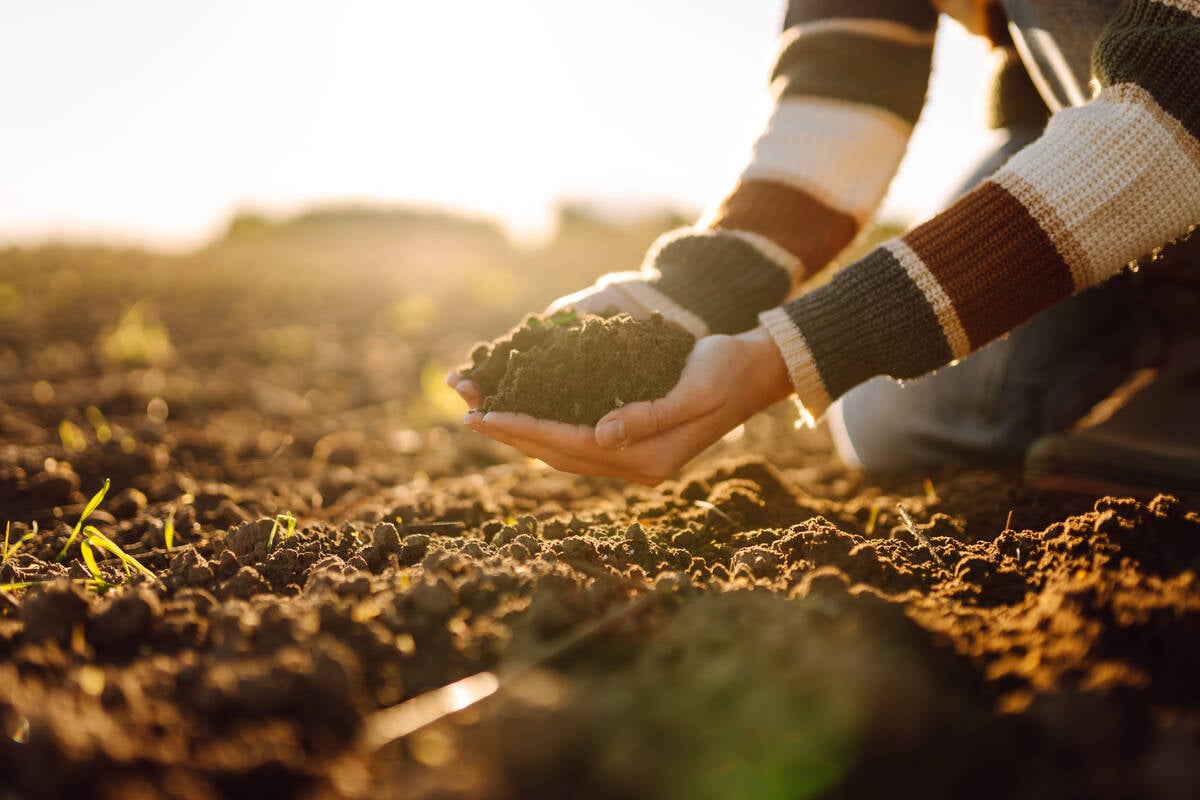
Alberta crop insurer says carbon levels can lower costs
AFSC says soil carbon levels could change how much a farmer pays for crop insurance.
Glotman calls his business “the silent industry,” and one that doesn’t get the respect it deserves.
“When you see a piece of animal protein sitting at a grocery store all wrapped up in cellophane, there’s the other half that nobody knows where it went,” said Glotman. “What we do is recycle that and do it at no cost basically to the taxpayers and we produce a value-added product.
“We’re a great environmental recycling company, way before being an environmental company was popular.”
But the industry’s fundamentals changed when BSE struck, prompting new regulations governing the use and disposal of non-muscular cattle parts such as the brain and spinal cord. These parts, collectively called specified risk material or SRM, are where BSE prions concentrate. Some of the material was widely used in animal feed until it was discovered, post-2003, that this was a main route to spreading BSE. The new rules mean what was once valuable material is now a liability.
“The SRM material has to be disposed of either by incineration or by landfilling,” notes Graham Clarke, spokesperson for the Canadian Renderers Association.
“You end up with a cost in separating the material out. What happens – at XL Foods as an example – they slaughter cattle and they have to then take certain parts of the animal, the SRM material, and then that goes separately. You have a cost of separation, you have a cost of trucking because everything has to be separated, and then you have the cost of processing.”
“SRM disposal has definitely posed a challenge for the industry, but without a doubt, that challenge would be much greater without rendering companies like WCR,” adds Lee Nilsson, co-CEO of XL Foods Inc.
The bottom line is there used to be a lot more money in rendering cattle. That means producers, who used to be paid for their deadstock, must now pay for its disposal.
Major processors such as XL Foods and Cargill render much of their own slaughter, they rely on independent processors, either West Coast Reduction or a blood-rendering plant owned by Montreal-headquartered Sanimax Industries, to pick up and take care of the riskier cattle.
Alberta producers can dispose of deadstock on their own land – something not allowed in many provinces – but Glotman says that causes problems.
“A lot of guys – even though it’s environmentally not the right thing to do – just leave it in the field or they drag it out or they throw it in a ditch or a coyote gets it and it can end up in water tables or all sorts of different things,” said Glotman. “We’ve talked to the government about that because in the past all the deadstock was looked after properly in an environmentally proper way. But today, there’s a lot of deadstock in Alberta and Saskatchewan that’s just sitting out there.”
Rendering is not only the better environmental option but produces valuable products. Meat, bone meal, and fat are used in products such as paint, soap, pet food, and industrial lubricants.
Since SRM regulations came into force in 2007, that material has been sent to a landfill near Coronation, but Clarke says that may change one day.
“Now the rendering industry is looking at incinerating it for fuel and turning it into steam,” said Clarke. “They are always looking for ways to get some kind of return on this.”
———
“We’reagreatenvironmentalrecyclingcompany,waybeforebeinganenvironmentalcompanywaspopular.”
BARRY GLOTMAN
WEST COAST REDUCTION



